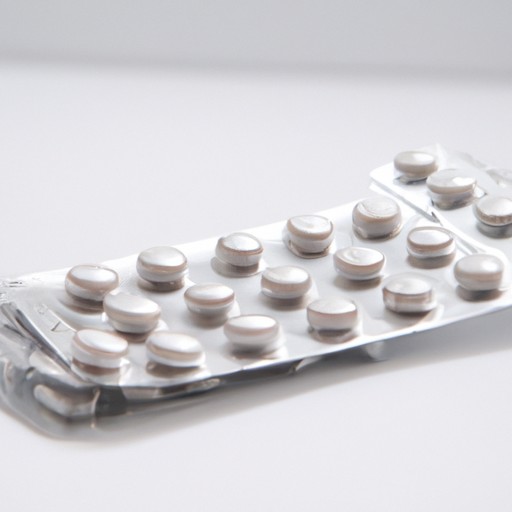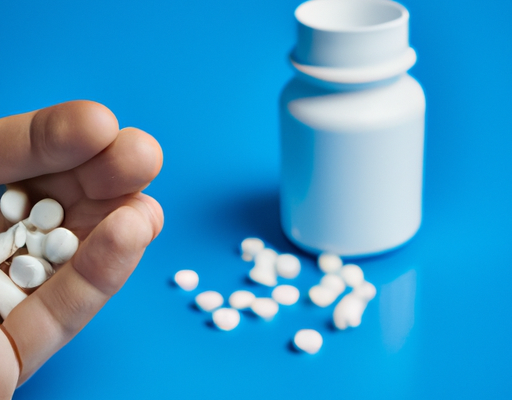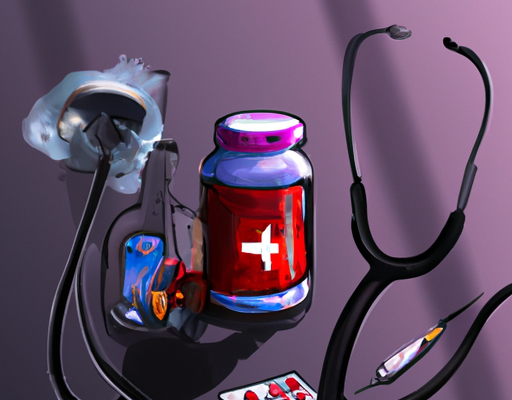1. Causes of Pimples
Having a persistent pimple can be a source of frustration and embarrassment. But understanding the different causes of pimples can help put things into perspective. An excessive accumulation of sebum, bacteria, and dead skin cells can combine to block pores and lead to the development of pimples. If left untreated, this blockage can trigger an inflammatory response, resulting in a red, swollen, and often painful bump. Hormonal fluctuations during puberty, menstruation, and pregnancy can lead to excess sebum production, and according to research, the use of certain skin care or cosmetic products may also cause breakouts. These products often contain ingredients that clog the pores, leading to the development of pimples. Additionally, stress has been linked to breakouts, as well as improper diet, poor hygiene, and lack of sleep.
2. Prevention
Unsightly and persistent pimples can be a source of stress and embarrassment. Luckily many pimples can be prevented with simple lifestyle changes. It all starts with a good daily skincare routine. Always use a gentle cleanser and a light moisturizer that won’t clog your pores. Make sure to remove any makeup before going to bed and to exfoliate regularly to get rid of any dead skin cells. Eating a wholesome and balanced diet can also help keep your skin healthy and clear. Make sure to get enough vitamin A and stay hydrated. Finally, try and reduce stress levels as much as possible, since high levels of stress can worsen your acne. Taking some time out of your day to relax can help you stay pimple free.
3. Treatment
When it comes to treating a persistent pimple, the most important thing to remember is prevention. When a pimple does arise, there are several steps you can take to speed the healing process. Here is a list of treatments to try:
- Wash your face twice daily with a gentle cleanser.
- Apply an acne spot treatment that contains benzoyl peroxide or salicylic acid.
- Keep your hands off your face. Touching and picking can spread bacteria.
- If you experience redness or swelling, apply an over-the-counter hydrocortisone cream.
- Try using a warm compress or ice pack on the bump to reduce inflammation.
- When treating the area, avoid scrubbing or exfoliating, as this can cause more irritation.
Although these treatments may not completely eliminate the pimple, they will help reduce its severity and appearance. Also, some simple lifestyle adjustments, such as reducing stress, getting regular exercise and eating a healthy, balanced diet, can help to keep breakouts at bay.
4. Home Remedies
If you’re looking for some home remedies to help with your pesky pimple, here are four tried and true options you may want to consider:
- Witch hazel: Witch hazel is a natural astringent that can help reduce inflammation and redness.
- Tea tree oil: Tea tree oil has natural antibacterial properties that can help reduce bacteria on the skin.
- Apple cider vinegar: Apple cider vinegar can help exfoliate and reduce inflammation.
- Baking soda: Baking soda can help absorb excess oil and reduce redness.
Give any of these remedies a try and you may be able to reduce the size and inflammation of your persistent pimple.
5. Common Misconceptions
The persistent pimple can be a source of frustration and self-esteem issues. While research has looked into the causes, there are still many misconceptions when it comes to treating this condition. The following are five of the most common misconceptions around persistent pimples:
- Only heavy-duty topical creams will clear the pimple: Many products are advertised as a solution, but there is no ‘one-size-fits-all’ solution available for persistent pimples.
- Pimples are caused by a poor diet: While eating a balanced, nutritious diet will help to keep your skin healthy overall, there is no scientific link between certain foods and persistent pimples.
- You must pop or squeeze the pimple: It may be tempting to pop or squeeze a persistent pimple, but this can cause further damage and lead to infection, as well as inflammation and discoloration of the skin.
- Prescription medications do more harm than good: While some medications may have side-effects, the right prescription medication can be effective in treating persistent pimples.
- Toothpaste is the answer: There is no scientific evidence that toothpaste can help treat persistent pimples, and it is important to avoid any products that are too harsh on the skin.
By being aware of these misconceptions, it helps to ensure that you make the right decisions when it comes to dealing with persistent pimples.
6. When to See A Doctor
When it comes to pimples, the best advice is usually to wait it out. However, if you find that your pimple is worsening, it’s time to see a doctor. A persistent pimple is not something you should ignore – there could be deeper issues at play. Here are a few instances where it’s especially important to visit a doctor:
- Your pimple won’t go away after 2-3 weeks
- You have a fever or swollen glands
- The skin around the pimple is red or warm to the touch
- You have pain even when the pimple isn’t touched
- Your pimple isn’t responding to over-the-counter treatment
- You have a cyst in place of a regular pimple
If you’re concerned about your pimple, healthcare providers are experienced in treating skin conditions and can provide helpful advice. Don’t allow a persistent pimple to put your skin health at risk – see your doctor today.
7. Summary
The persistent pimple can be a very annoying and concerning skin problem. It can often seem like there is no solution to the problem, but in reality, there are a few steps that can be taken to reduce and hopefully eliminate the issue. The first step is to identify the cause of the pimple and then find ways to address the underlying issue. If a pimple is caused by clogged pores, then it is important to make sure the skin is clean and free of oils and dirt. Additionally, if the pimple is caused by bacteria, then an antibiotic cream or medication may be necessary to clear up the infection. Lastly, if the pimple persists despite all these measures, then it is important to see a dermatologist to ensure that it is not a sign of a more serious skin condition. In conclusion, a persistent pimple can be an annoying and even embarrassing problem. However, with proper identification of the underlying cause and the right treatment, the problem can often be successfully resolved.





No Comments